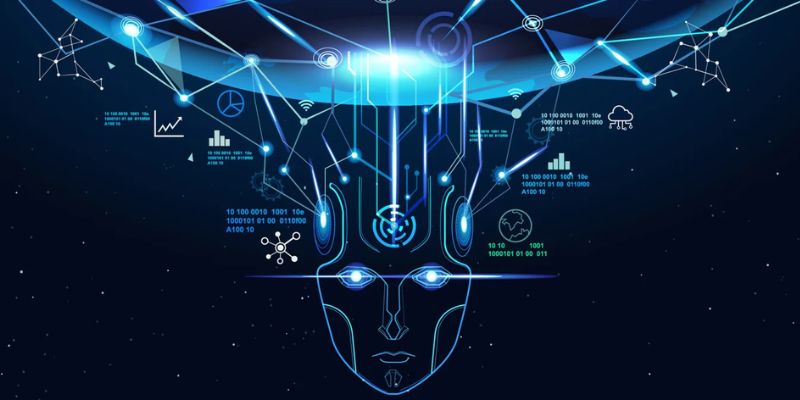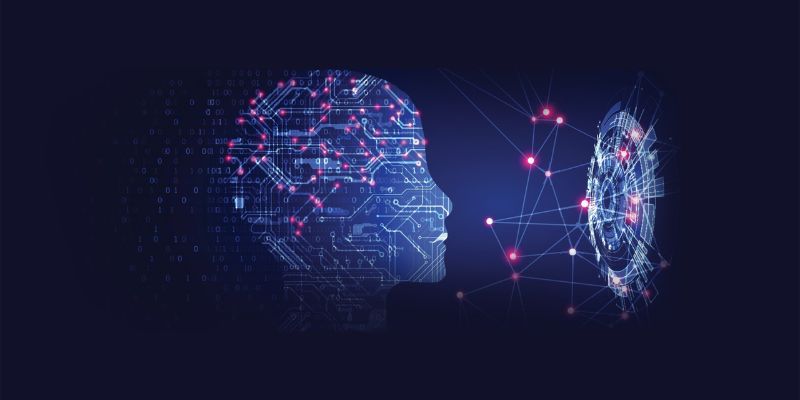In recent years, the field of human-AI teaming has gained significant attention. As AI systems become more integrated into various aspects of our lives, it is crucial to understand the interaction between humans and AI and to optimize their collaboration. One important aspect of human-AI teaming is transparency, which refers to the ability to understand and interpret the behavior and capabilities of AI systems. In this article, we will explore the concept of transparency and its significance in human-AI teaming.
Transparency and Situation Awareness (SA)

Transparency plays a vital role in enhancing Situation Awareness (SA), which is crucial for effective decision-making. SA refers to the understanding of the current situation, including the data that drives AI system behavior, the system’s capabilities and limitations, and its ability to handle the current situation. Confidence or uncertainty underlying system assessments also contribute to SA.
There are several levels of SA relevant to human decision-making. Level 1 SA involves data uncertainty, such as missing data, reliability of sensors, conflicting data, and noisy data. Level 2 SA involves comprehension uncertainty, which relates to how the system integrates and classifies data. Level 3 SA involves projection uncertainty, including future event projections based on the current situation and system models. Finally, decision uncertainty refers to the likelihood that a selected course of action will result in desired outcomes. Confidence in AI system outputs directly influences the likelihood of acting on that information.
Predictability and Transparency

In addition to SA, predictability is another crucial aspect of transparency. Predictability encompasses planned actions or behaviors, predicted outcomes or consequences, the system’s ability to perform in upcoming situations, and uncertainty associated with future projections. Knowledge of an AI system’s history and general task reliability also contributes to transparency.
As we move toward considering human-AI teams, transparency becomes increasingly important. There is a growing need for transparency in team tasks, such as current goals, distribution of functions, and the tasks assigned to each teammate. Transparency is also crucial for understanding the relative states of the human and AI system for performing tasks and how ongoing tasks affect the states of other team members.
Display Transparency

Display transparency plays a significant role in maintaining proper SA of the AI system without overwhelming the human operator. It has been shown to improve oversight of automation and performance, enhance SA, and calibrate trust. Display transparency provides operators with a clear understanding of the AI system’s behavior and facilitates better decision-making.
Studies have demonstrated the benefits of display transparency. Increased levels of transparency have been associated with improved performance, subjective levels of trust, and a decrease in the misuse and disuse of automation. For example, the addition of prediction information has been shown to enhance SA, performance, and trust.
Conclusion

Transparency is a critical aspect of human-AI teaming, enabling effective collaboration between humans and AI systems. It enhances SA, predictability, and the ability to make informed decisions. Display transparency, in particular, plays a crucial role in providing operators with a clear understanding of the AI system’s behavior and facilitating optimal performance.
As AI continues to evolve and become more integrated into our lives, it is essential to prioritize transparency in the design and development of AI systems. By promoting transparency, we can foster trust, improve performance, and facilitate successful human-AI teaming.
FAQs
Q: Why is transparency important in human-AI teaming?
A: Transparency is crucial in human-AI teaming as it enhances situation awareness, predictability, and decision-making. It allows humans to understand and interpret AI system behavior, capabilities, and limitations, leading to more effective collaboration and optimal performance.
Q: What is display transparency?
A: Display transparency refers to providing operators with a clear understanding of the behavior of AI systems. It enables operators to maintain situation awareness without becoming overloaded, improving oversight of automation and performance, enhancing situation awareness, and calibrating trust.
Q: How does transparency impact human-AI teaming?
A: Transparency enhances collaboration between humans and AI systems by promoting understanding, trust, and effective decision-making. It allows humans to make informed decisions based on AI system behavior and capabilities, leading to improved performance and optimal outcomes.
Q: How can transparency be improved in human-AI teaming?
A: Transparency can be improved by designing AI systems that provide clear and understandable feedback to operators. This includes displaying information about the system’s behavior, capabilities, limitations, and ongoing tasks. Additionally, promoting transparency in team tasks and fostering open communication between humans and AI systems can enhance collaboration and transparency.
Q: What are the benefits of transparency in human-AI teaming?
A: Transparency in human-AI teaming has numerous benefits. It improves situation awareness, enables better decision-making, enhances performance and trust, and reduces the misuse and disuse of automation. By promoting transparency, we can optimize the collaboration between humans and AI systems.
Instant Global News
For more insightful articles and analysis, visit Instant Global News.



